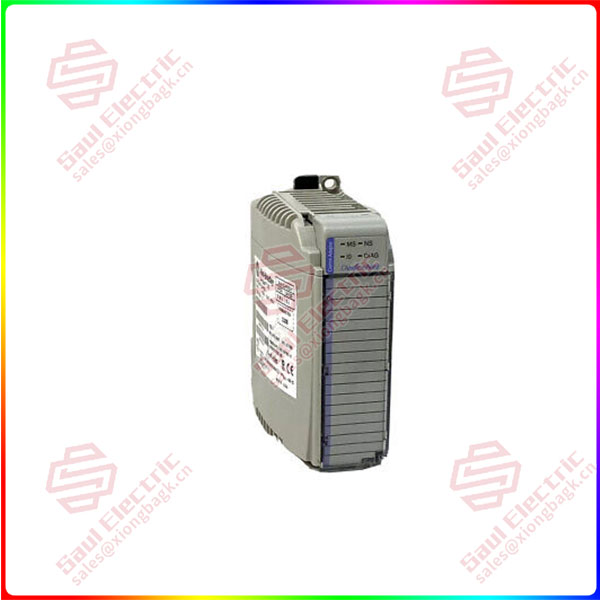R&d drives technology iteration
Behind the reconfiguration of the global process industry is a new round of scientific and technological revolution. In recent years, with the continuous empowerment of scientific and technological achievements such as the industrial Internet, AI, big data, and 5G, the field of industrial control systems is facing major changes.
Central control technology launched a new generation of whole-process intelligent operation management and control system last year, and i-OMC has carried out a lot of innovation on the basis of DCS. It deeply integrates factory operating system, industrial AIoT, emerging industrial network, intelligent control optimization, model prediction and other advanced technologies to achieve efficient, safe and autonomous operation of industrial equipment.
Room Yongsheng told reporters that compared with the traditional DCS distributed control system, i-OMC can comprehensively improve the self-control rate, stability rate and safety of the device, greatly reduce the manual operation frequency of the device, and realize the autonomous cooperative operation of the whole process of the device production, to achieve “less human” and even “unmanned” intelligent operation. At present, the company’s i-OMC system has been applied in Hengli Petrochemical, Wanhua Group, Hubei Sanning, Xingfa Group and other industry benchmark projects, responding to customers’ demands and challenges for digitalization and intelligence.

1769-ADN
The results of technology iteration are being put into more practical applications. Taking the ionic membrane caustic soda project of a technology company as an example, the customer relied on the company’s i-OMC system to create a “highly automated and intelligent demonstration enterprise in the chlor-alkali industry”, realized automatic and black screen operation, one-click start and stop caustic soda device, etc., and reduced the number of employees from 120 to less than 40. Another example, in a pharmaceutical company, the customer also based on the i-OMC system in the “software-defined hardware, advanced industrial network, digital communication” and other technologies, to achieve a direct connection of the control room to the site, saving 76% of cables.
The continuous breakthrough in technology is inseparable from the continuous construction of research and development system and long-term investment in research and development funds. In 2022, the company’s research and development expenses reached 692 million yuan, an increase of 39.38%, accounting for 10.45% of operating income. By the end of last year, the company had 2,092 R&D personnel, accounting for 34.20% of the total number of employees.
“The science and technology innovation Board provides a more open, flexible and inclusive market environment, and provides more financing opportunities for scientific and technological innovation enterprises.” Fang Yongsheng said that the establishment of the science and technology innovation board is not only conducive to promoting scientific and technological achievements from the laboratory to the market, accelerating the commercialization process of scientific and technological achievements, but also helps to stimulate the vitality of scientific and technological innovation, and promote science and technology enterprises to better play their technological advantages and innovation capabilities.
Fang Yongsheng further said that in the future, the company will continue to build a new matrix R & D system through integrated product development (IPD) reform, move the R & D team to the market and sales end, and further improve the synergy between R & D and strategy and market through the two-wheel drive of customer demand and technological innovation.
 1 Year Warranty
1 Year Warranty





